In the competitive world of confectionery production, maximizing the efficiency of chocolate coating machines, or "Macchine per la ricopertura con cioccolato," is essential for achieving optimal profitability and product quality. As manufacturers strive to deliver superior products while minimizing waste and downtime, understanding the intricacies of these machines becomes crucial. This article presents ten best tips to enhance the performance of your chocolate coating operations, focusing on aspects such as maintenance, temperature control, and coating techniques. By implementing these strategies, businesses can significantly improve throughput, reduce energy consumption, and ensure a consistent finish on every treat. Embrace these insights to transform your chocolate coating processes, ensuring that your production line operates at its best.
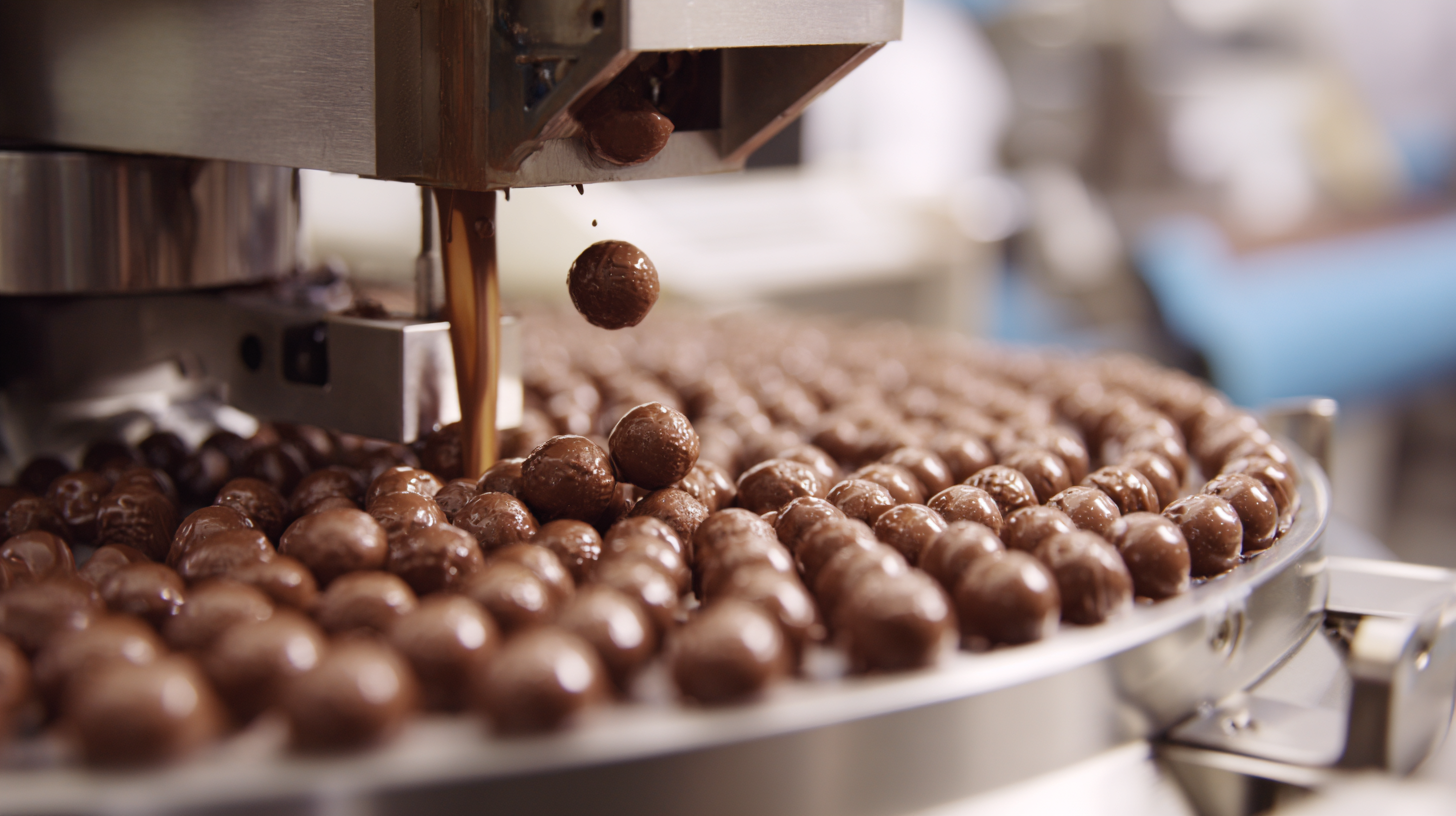
Understanding the workflow of chocolate coating machines is crucial for enhancing their performance and maximizing efficiency. These machines are typically designed to execute several tasks, including preparing the chocolate, coating the products, and ensuring even distribution. It's essential to streamline each stage of the workflow to minimize downtime and maximize productivity. Regular maintenance checks and proper calibration can significantly reduce mechanical failures, thereby allowing for a smoother operation.
To further optimize the efficiency of chocolate coating machines, consider implementing automated systems that can monitor and adjust the coating process in real-time. This not only improves the consistency of the product but also reduces waste. Additionally, training staff on the specific operations of the machine can lead to improved handling and quicker troubleshooting. By focusing on these aspects, you can enhance the overall effectiveness of the chocolate coating process.
Another vital tip is to regularly analyze the production data to identify bottlenecks in the workflow. Using this data, adjustments can be made to optimize the chocolate flow rates and coating times. The implementation of a feedback loop allows for ongoing assessments and improvements, which is essential for a high-performance chocolate coating operation.
| Tip Number | Optimization Tip | Expected Outcome | Implementation Difficulty |
|---|---|---|---|
| 1 | Regular Maintenance | Reduce downtime | Medium |
| 2 | Adjust Temperature Settings | Improve chocolate flow | Low |
| 3 | Optimize Coating Thickness | Enhance product quality | High |
| 4 | Train Operators | Increase efficiency | Medium |
| 5 | Calibrate Coating Machines | Ensure consistency | Medium |
| 6 | Utilize Quality Ingredients | Better taste and texture | Low |
| 7 | Monitor Production Speeds | Optimize workflow | Medium |
| 8 | Implement Quality Control Checks | Reduce defects | High |
| 9 | Maintain Proper Hygiene Standards | Ensure product safety | High |
| 10 | Review Production Workflow | Identify bottlenecks | Medium |
Maintaining the efficiency of chocolate coating machines is crucial for optimizing production and reducing waste. One key maintenance practice is implementing predictive maintenance strategies. By utilizing data analytics and machine learning, manufacturers can anticipate equipment failures before they occur, ensuring that machines operate smoothly. This proactive approach minimizes downtime and enhances the overall productivity of the production line.
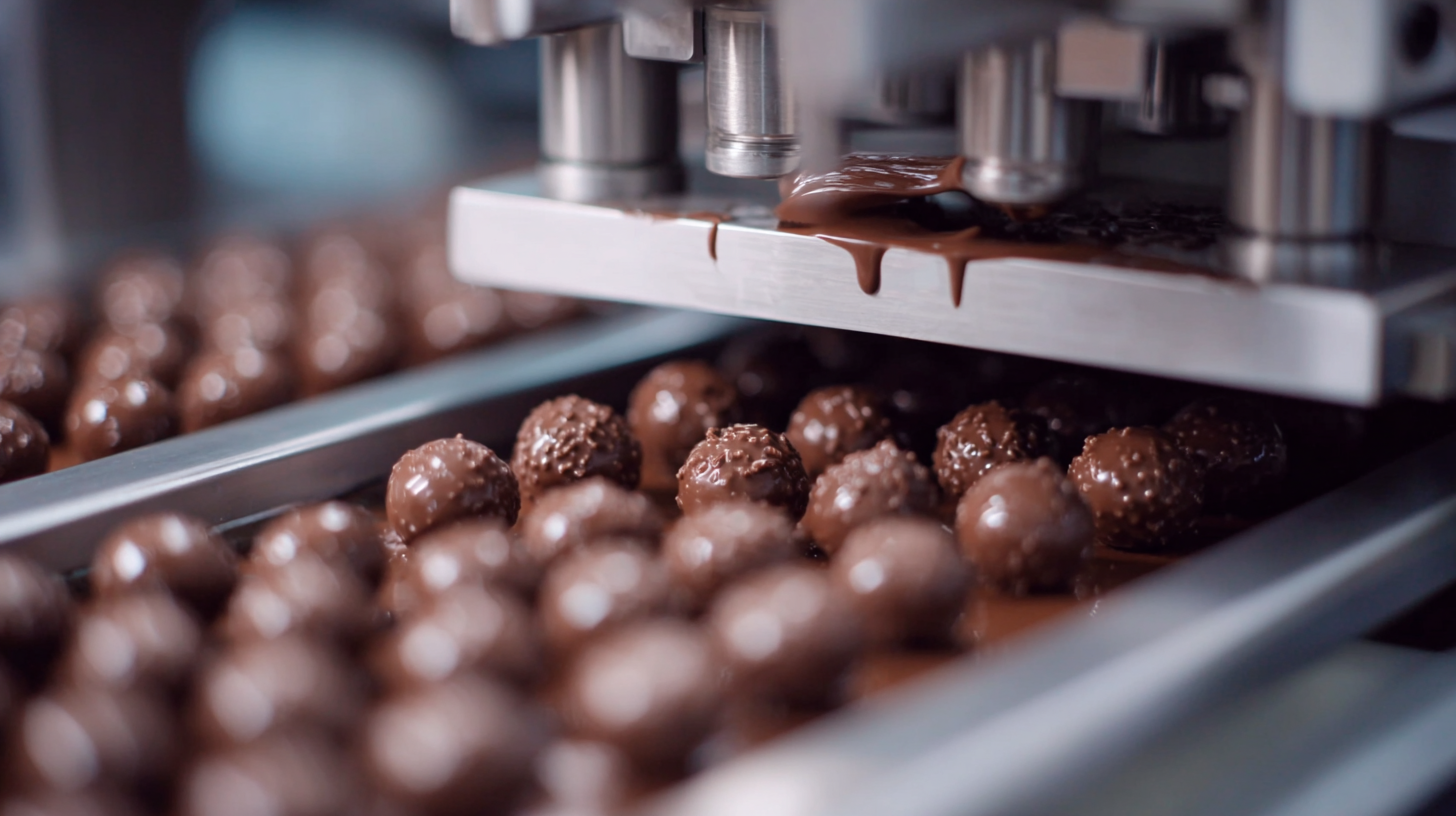 Another essential tip is to regularly clean and calibrate the machines. Routine cleaning prevents buildup that can lead to machine inefficiencies, while calibration ensures that machines operate within the specified parameters. This not only enhances the quality of the chocolate coating but also extends the lifespan of the machines.
Another essential tip is to regularly clean and calibrate the machines. Routine cleaning prevents buildup that can lead to machine inefficiencies, while calibration ensures that machines operate within the specified parameters. This not only enhances the quality of the chocolate coating but also extends the lifespan of the machines.
Moreover, training staff on best practices for operation and maintenance is vital. Well-informed operators can identify potential issues early and adhere to maintenance schedules, contributing significantly to maximizing operational efficiency and minimizing energy consumption. By integrating these maintenance practices, manufacturers can achieve sustainable efficiency in their chocolate coating processes.
Optimizing temperature control is crucial for achieving consistent chocolate quality during the coating process. Research indicates that the ideal temperature for chocolate coating typically ranges between 30°C and 32°C (86°F to 89.6°F). When chocolate is maintained within this range, it not only ensures a glossy finish but also prevents issues such as bloom and fat separation. According to a 2022 industry report, properly managed temperature control can reduce the incidence of defects by up to 25%, significantly improving product quality and customer satisfaction.
Furthermore, advanced chocolate coating machines are equipped with precise temperature regulation systems that continuously monitor and adjust the temperature in real-time. This technology minimizes thermal fluctuations that can cause inconsistency in coat thickness and texture. A study published in the Journal of Food Engineering emphasized that controlling temperature within ±1°C significantly enhances the uniformity of chocolate coating, resulting in a more appealing product. By focusing on optimizing temperature control, manufacturers can not only maximize efficiency but also ensure that their chocolate products meet the high standards expected by consumers in today's competitive market.
In the modern confectionery industry, automating the chocolate coating process is a game changer that significantly enhances operational efficiency. By integrating advanced robotics technology, manufacturers can streamline their production lines, ensuring consistent quality and reducing labor costs. Automated systems can manage the precise application of chocolate, which minimizes waste and optimizes the use of materials. This level of automation allows for higher throughput and greater flexibility, enabling producers to quickly adapt to changing consumer demands.
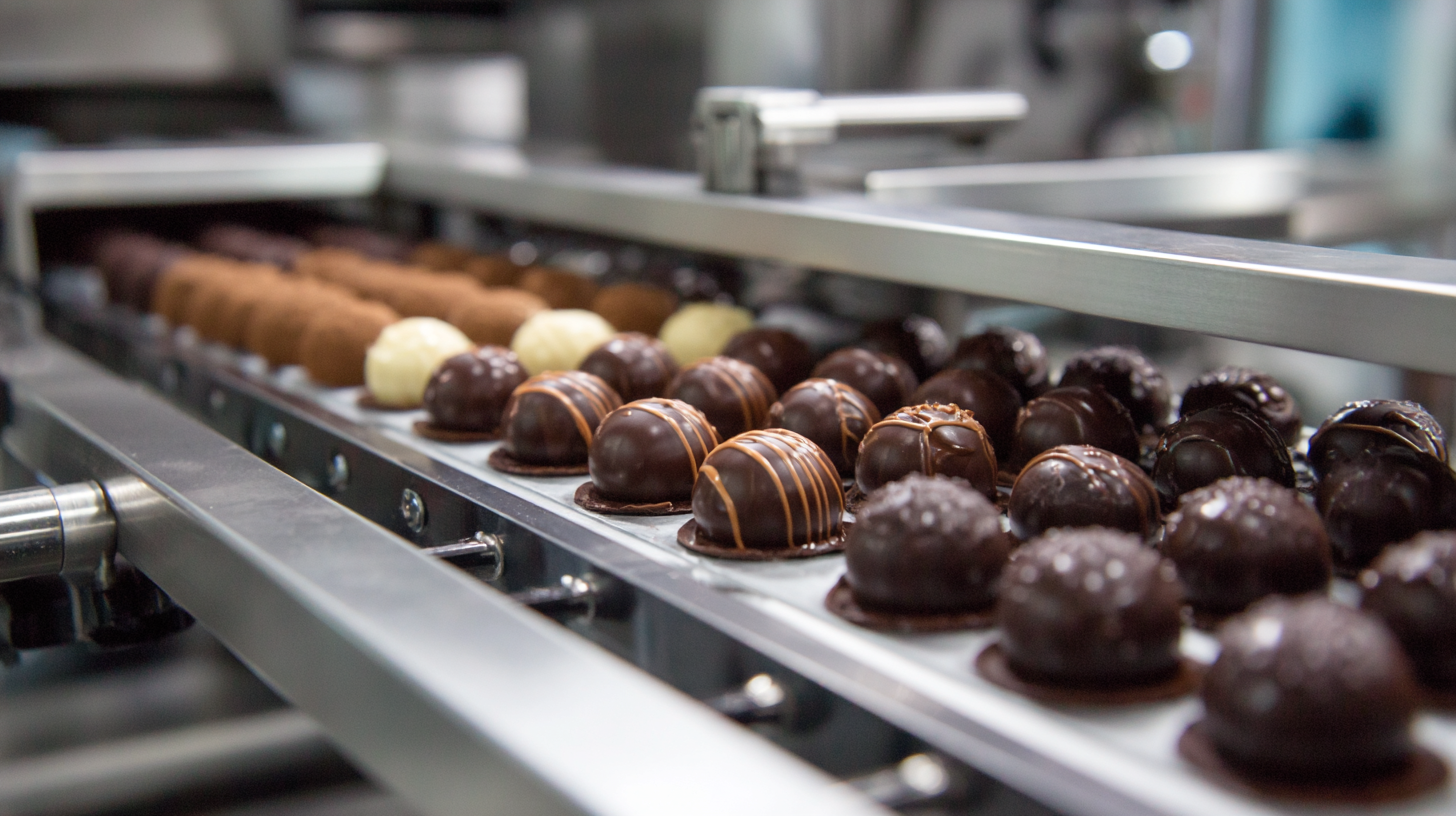
Furthermore, the implementation of automated packaging technologies complements the benefits of robotic coating systems. With the ability to swiftly and accurately package products, companies can improve their overall output while maintaining high standards of product integrity. This synergy between chocolate coating machines and packaging solutions not only accelerates production but also meets the increasing consumer demand for diverse and innovative confectionery options. By leveraging automation, confectionery producers are well-equipped to enhance their operational efficiency and remain competitive in a rapidly evolving market.
When optimizing chocolate coating machines, evaluating ingredient compatibility is essential to achieving improved coating results and overall efficiency. The choice of chocolate and the ingredients it will be combined with can significantly impact the final product's texture, flavor, and appearance. Ensuring that the chocolate's fat content and viscosity align with the coating requirements of other ingredients, such as nuts or confections, is vital for uniform coverage and enhanced sensory experience.
Moreover, testing various combinations of ingredients can reveal how different formulations affect the coating process. For instance, incorporating stabilizers or emulsifiers can enhance the fluidity of chocolate, making it easier to coat irregularly shaped items. Adjusting the temperature settings based on ingredient properties can also lead to smoother application and faster production rates. By carefully assessing and optimizing the compatibility of ingredients, manufacturers can not only ensure superior coating quality but also improve machine performance and efficiency, ultimately boosting productivity in the chocolate coating process.
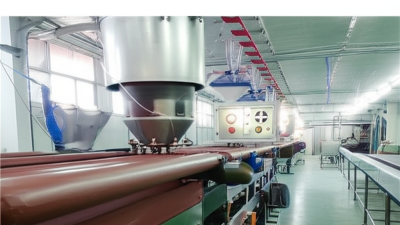
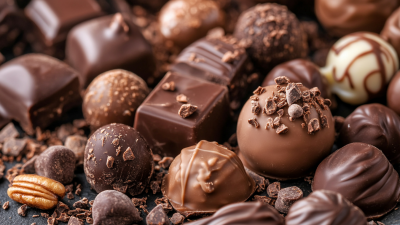
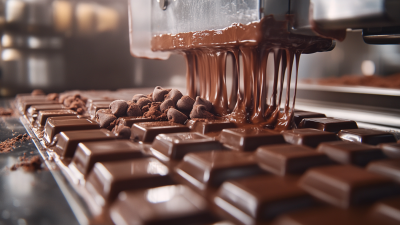
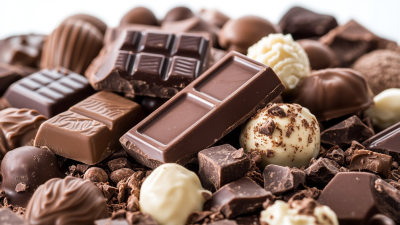
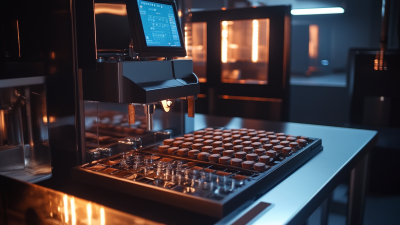
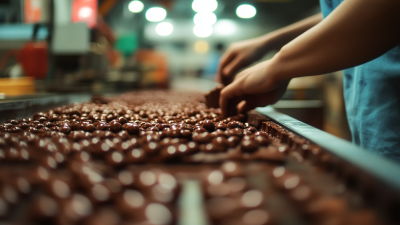
Utilizziamo i cookie per migliorare l'esperienza utente. Per maggiori informazioni, consulta la nostra Cookie Policy.